Series vs Parallel Wiring: A Practical Guide for Batteries & LEDs
How to Correctly Wire Components to Increase Voltage or Capacity
You need more light, so you buy four LED pods. You need more runtime, so you get a second battery. Now comes the critical question that determines if your system will perform brilliantly or fail spectacularly: how do you wire them together?
Connecting multiple components isn't just a matter of linking wires. The method you choose—Series or Parallel—fundamentally changes the electrical characteristics of your circuit. One method increases voltage, the other increases capacity.
Choosing the wrong one can lead to underperforming lights, damaged batteries, or a completely dead circuit. This guide will provide a clear, practical breakdown of both methods, so you can design your system with precision and confidence.
 What is Series Wiring? (The Single Path)
What is Series Wiring? (The Single Path)
In a series circuit, components are connected end-to-end, creating a single path for the current to flow.
Think of it like cars on a single-lane road. The electricity must flow through the first component (e.g., the first LED) to get to the second, and so on. The most famous (and frustrating) example is old-school Christmas lights, where if one bulb burns out, the entire string goes dead because the single path is broken.
The Rules of Series Wiring:
- Voltage ADDS UP: The voltage of each component is added together for a total system voltage. (e.g., Two 12V batteries in series create a 24V system).
- Amperage / Capacity (Amp-Hours) Stays the Same: The total amperage of the circuit is limited to the rating of the lowest component. The capacity (in Amp-Hours) of a battery bank does not increase.

What is Parallel Wiring? (The Multiple Paths)
In a parallel circuit, components are connected "side-by-side." The wires are split, so that current flows through each component simultaneously, on its own dedicated branch.
Think of it as a multi-lane highway. Cars (current) can flow down each lane at the same time. If one lane is blocked (one LED burns out), the others continue to flow, and the rest of the lights stay on.
The Rules of Parallel Wiring:
- Voltage Stays the Same: The total voltage of the circuit remains the same as the source voltage. (e.g., Two 12V batteries in parallel still create a 12V system).
- Amperage / Capacity (Amp-Hours) ADDS UP: The capacity of each component is added together. (e.g., Two 100Ah batteries in parallel create a 200Ah battery bank).

How to Wire Multiple Components: LEDs vs. Batteries
This is where theory meets practice. The component you're wiring determines the correct method.
How to Wire Multiple LED Lights? (or other 12V accessories)
For virtually all standard automotive and marine applications, you will wire your 12V accessories IN PARALLEL.
Your vehicle runs on a 12V system. Each light, pump, or charger is designed to receive 12V. Wiring them in parallel ensures that every single device on the circuit receives the full 12V from the battery.
If you were to wire two 12V lights in series, the 12V from your battery would be split between them (each getting only 6V), causing them to be extremely dim or not turn on at all.

How to Wire Multiple Batteries?
Wiring batteries is where you must make a critical choice based on your goal.
Choose SERIES to Increase Voltage:
You need to power a 24V device (like a trolling motor or heavy-duty winch) but only have 12V batteries. By connecting two 12V batteries in series (positive of battery 1 to negative of battery 2), you create a 24V power source.
 Choose PARALLEL to Increase Capacity (Runtime):
Choose PARALLEL to Increase Capacity (Runtime):
You are happy with your 12V system, but you need your accessories to run for longer (e.g., for overnight camping or long trips). By connecting two 12V batteries in parallel (positive to positive, negative to negative), you double your capacity (Amp-Hours) while maintaining a 12V system.
 A Critical Warning About Wiring Batteries
A Critical Warning About Wiring Batteries
ONLY connect batteries that are identical in type, capacity, and age.
Never mix a new battery with an old one, a lead-acid with a lithium, or a 100Ah with a 50Ah. When you connect mismatched batteries, they will constantly try to equalize, causing the stronger battery to overcharge the weaker one. This leads to reduced lifespan, poor performance, and can be a serious safety hazard.
Conclusion: Choose Your Path Wisely
The choice between series and parallel wiring is a fundamental design decision. Remember the simple rules:
- Series = More Volts (for creating 24V/48V systems)
- Parallel = More Amps/Capacity (for more runtime and wiring multiple 12V devices)
By mastering this concept, you can move beyond simple installations and begin designing robust, high-performance electrical systems tailored to your exact needs.
Looking for the right components for your system? Shop our selection of heavy-duty battery cables, connectors, and accessories.


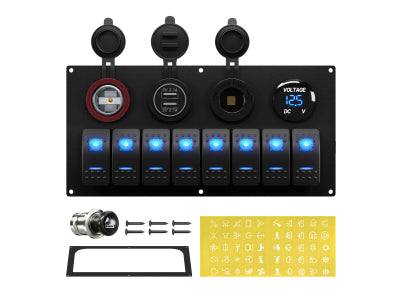
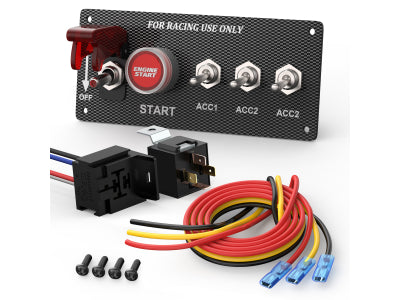
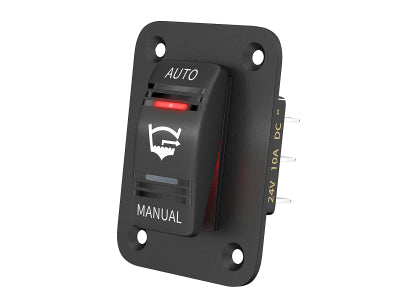
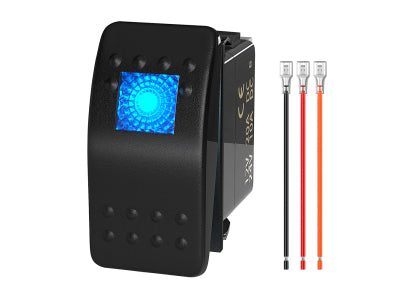
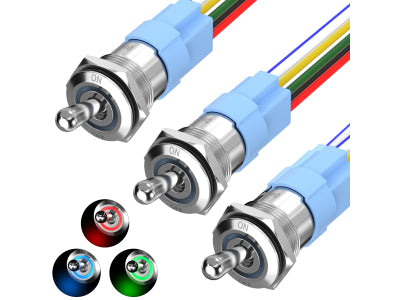
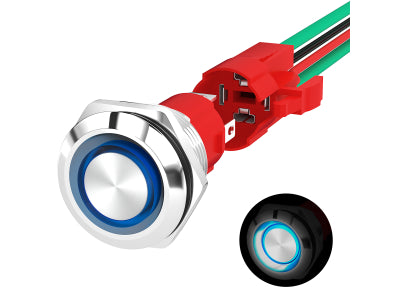
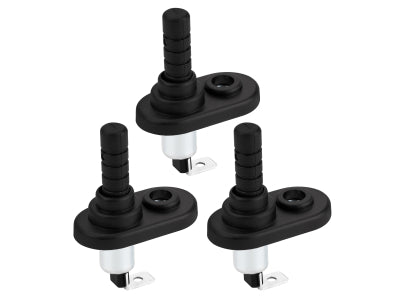
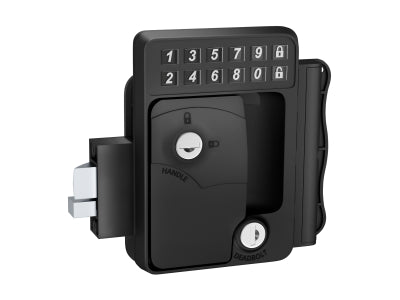
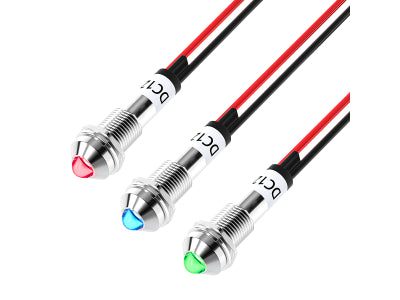
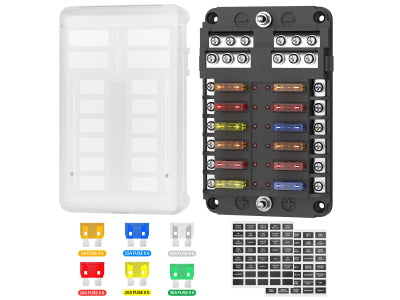
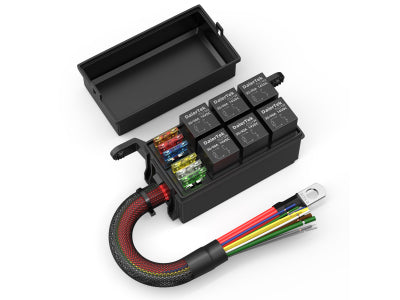
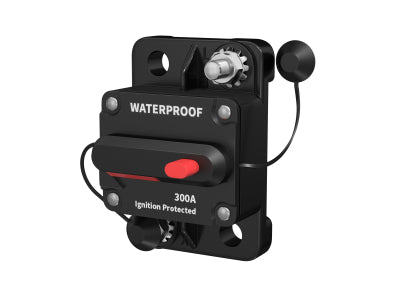
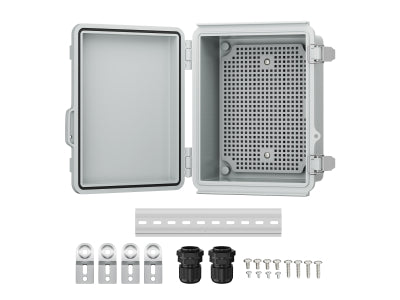
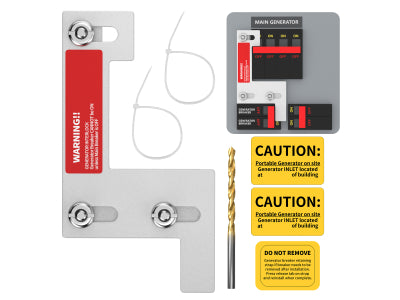
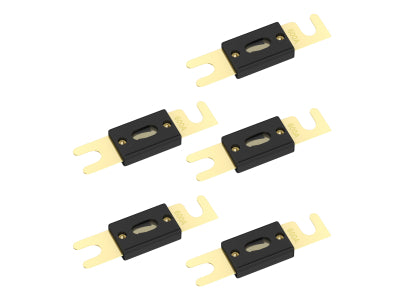
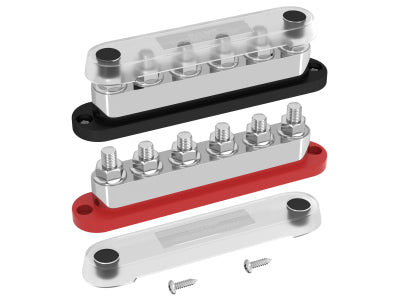
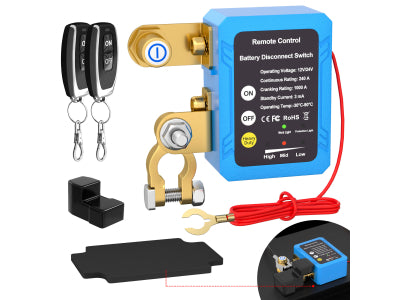
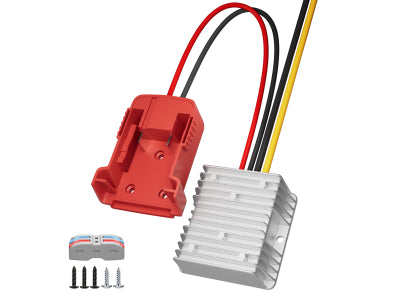
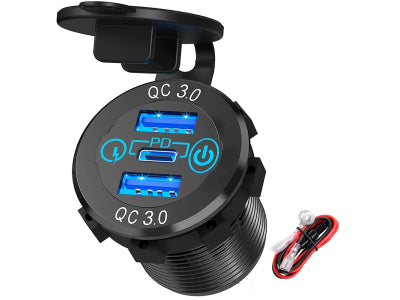
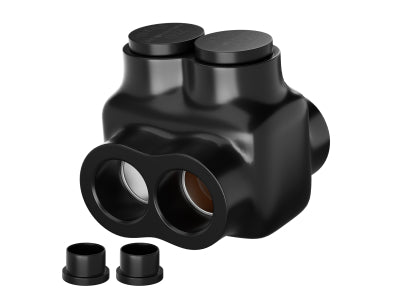
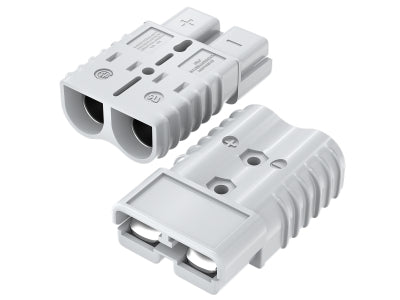
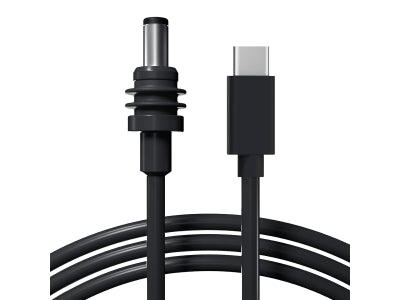
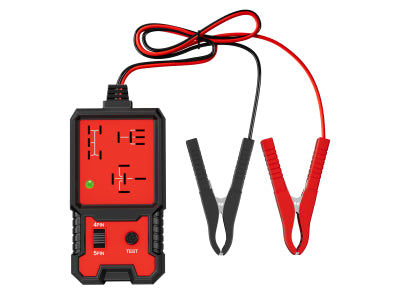
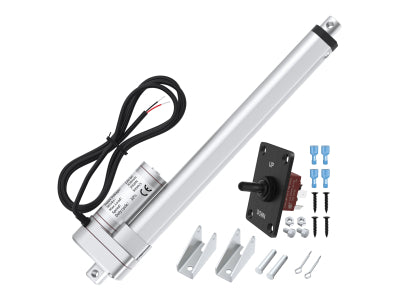
Hinterlassen Sie einen Kommentar